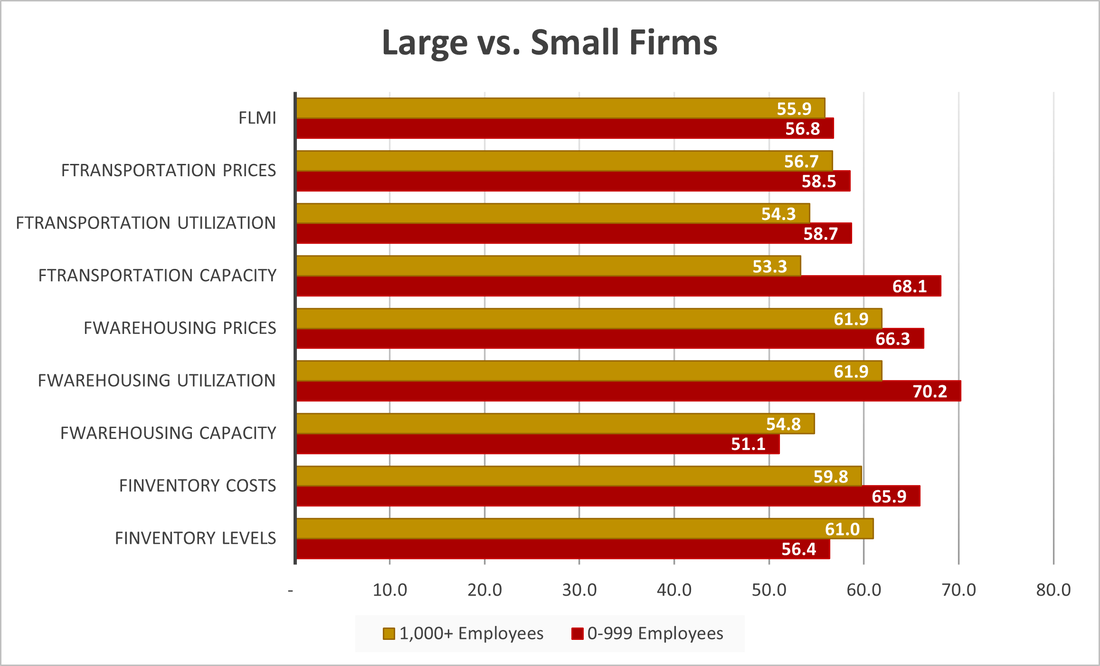[ad_1]

Florida poised to enact law against predatory truck towing

Following the passage of a bill in the Florida House and Senate, the governor appears poised to sign the legislation, which addresses predatory towing fees aimed at trucking companies. A Florida Senate staff member familiar with the legislation told FreightWaves, “We haven’t heard anything to the contrary, so we’re pretty confident the towing bill will be signed into law.” If signed by Gov. Ron Desantis, the law will go into effect July 1.
FreightWaves’ John Gallagher wrote, “According to Florida Trucking Association (FTA), towing and storage operators would be required to maintain and publicize a rate sheet listing all fees related to vehicle recovery, and provide it upon request to vehicle owners, lienholders and insurance companies.” Additionally, wrecker operations would be required to furnish the rate sheet to the owner or operator if present before attaching a vehicle to a wrecker. If a fee charged is higher than the published rate, then it can be considered unreasonable.
These legislative moves follow a report by the American Transportation Research Institute last November that highlighted numerous examples of predatory towing fees following large truck crashes. Gallagher wrote, “The study found that excessive rates and unwarranted additional service charges were the two most common forms of predatory towing, experienced by 82.7% and 81.8% of surveyed motor carriers, respectively.”


On a recent episode of the Taking the Hire Road podcast, Jeremy Reymer, founder of DriverReach, interviewed Michael Lombard, president of Lombard Trucking, about driver health, his experiences as a CDL driver and being a driver influencer. FreightWaves’ Ashley Coker Prince writes, “Trucking is in Lombard’s DNA. When his great-great-grandfather immigrated to the U.S. in the early 1900s, he began peddling ice out of a horse-drawn carriage in Connecticut. That operation grew into the original Lombard Trucking, one of the largest motor carriers in the Northeast at the time.” The Motor Carrier Act of 1980 was a contributing factor to the downfall of the carrier but the legacy lives on through Lombard’s driving career.
While Lombard originally didn’t consider driving, following his service in the Marines, he got his CDL and began documenting his life on the road online while training to run marathons. His feedback from drivers about the importance of a healthy lifestyle on the road started his career in trucking health advocacy.
For trucking fleets burdened by higher costs, the health and welfare of long-haul drivers is gaining more attention. Lombard said, “The lifestyle of a driver reduces life expectancy, taking upward of 10 years off their life. Instances of chronic illness are very much escalated from the normal population.”
A study on health disparities for long-haul truck drivers paints a grim picture, stating, “These excessive risks constitute underappreciated and underestimated economic and public health risks, as they pose threats to the drivers themselves, jeopardize U.S. trucking companies, place strain on the U.S. health care system, and threaten the lives of other roadway users in the event of highway accidents. Thus, broad and immediate preventive action is warranted to address these disparities.”
Market update: February LMI Transportation and Price indexes rise

On Tuesday the Logistics Managers’ Index released its February data, which saw the aggregate index increase 0.9 points from January’s reading of 55.6 to 56.5 points. This gain matches October 2023 as the highest reading in the past 12 months. The report highlights progress in transportation and upstream inventory growth at the manufacturing and wholesale levels as contributing factors.
It notes that excess transportation capacity continues to hinder a turnaround in the freight market. The Transportation Capacity Index was up 6.4 points to 60.9 in February, but the growth appears to favor smaller fleets. The report adds, “Interestingly, capacity remained relatively tight for larger firms (those with 1,000+ employees) relative to smaller firms; with the larger LMI respondents reporting a growth rate of only 53.3 to their smaller counterparts’ 68.1. This difference may suggest that larger firms who are often dealing with a more national network are still finding tightness in long-haul that may not exist for more regional shippers.”
Regarding truckload demand, the report notes that upstream movements are expanding at a greater rate than downstream. FreightWaves’ Todd Maiden writes, “Upstream firms (60.9), like wholesalers and manufacturers, returned a stronger price indication than downstream firms (52.7) like retailers. The overall transportation pricing subindex slowed as February progressed. It registered a 62 in the first two weeks of the month compared to 52.4 in the back half of the month.”
FreightWaves SONAR spotlight: Spot rate declines press pause

Summary: The gradual decline in spot market rates beginning in early February has taken a pause during the first week of March, according to the FreightWaves National Truckload Index 7-Day Average (NTI). Recent volatile upward NTI Daily (NTID) movements have for now contributed to a bottoming out of spot market rates. In the past week all-in spot rates fell 1 cent per mile from $2.22 on Feb. 26 to $2.21. Removing an estimated fuel surcharge, spot market line-haul rates remained flat w/w at $1.59 per mile. The post-holiday spot rate boost, extended by severe winter weather in January, appears to have come to an end. Excess trucking capacity in the spot market remains the primary barrier to a sustained and prolonged recovery in spot market rates.
Additionally, lower outbound tender rejection rates paired with improving outbound tender volumes in the contracted space suggest that shippers who are enjoying improved load tender compliance may have little incentive to move excess contracted freight onto the spot market. Another development to watch is whether shippers will require additional assistance with spring special projects and ad hoc freight or if their routing guides, flush with excess capacity, can handle higher volumes. Given the abundance of transportation capacity relative to demand, shippers have many options at their disposal as the freight market downcycle stubbornly persists.
The Routing Guide: Links from around the web
ACF spurs small gain in zero-emission drayage trucks at Port of Long Beach (FreightWaves)
Is the rate roller coaster about to turn (FreightWaves)
Dispute over ESG policies leads to a director departure at Werner (FreightWaves)
Truck driver sentenced for stealing rig hauling Mike’s Hard Lemonade (FreightWaves)
TSA rule change provides regulatory relief to air logistics providers (FreightWaves)
Cummins CEO moves company forward after record civil emissions fine (FreightWaves)
Like the content? Subscribe to the newsletter here.
[ad_2]
Source link












